Nickel Plating Aluminum: How and Why It’s Done

Nickel plating aluminum is essential for industries requiring durability, corrosion resistance, and precision. This guide explains why aluminum needs plating, outlines the complete electroless process, compares it with other coatings, and explores real-world applications across automotive, aerospace, energy, and electronics.
How Shot Blasting Boosts Surface Quality & Durability

Shot blasting is a critical surface treatment process that improves metal surface quality and extends the durability of cast, forged, and machined parts. It removes impurities, strengthens surface texture, and ensures better coating adhesion across industrial applications.
Laser Etching vs Engraving: Key Differences Explained

This guide explains the key differences between laser etching vs engraving, including depth, durability, speed, and material compatibility. Ideal for manufacturers, engineers, and buyers looking to choose the right marking process for metal parts production and traceability.
What Is CNC Milling and Why It Matters in Manufacturing?
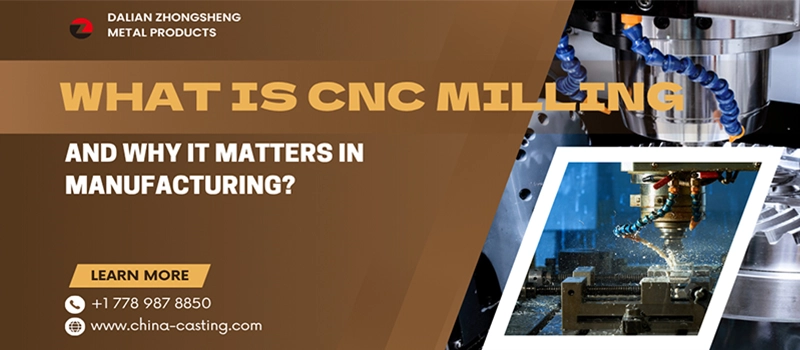
CNC milling is a precision machining method that transforms digital designs into physical components. This article explains how CNC milling works, its machine types, compatible materials, and real-world applications—from aerospace to smartphones—all with industry-level accuracy.
Friction Stir Welding: Key Techniques, Uses, and Advantages
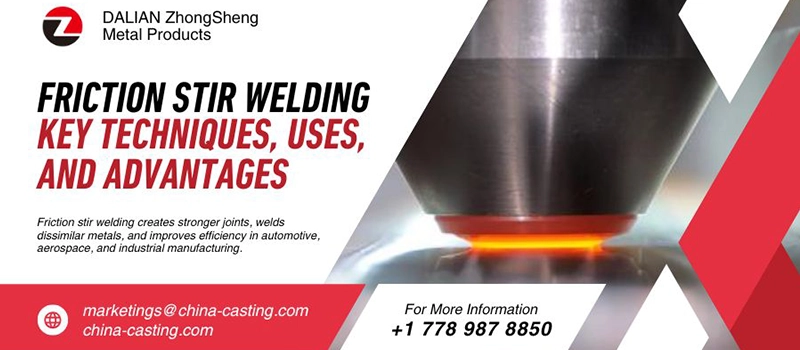
Friction stir welding (FSW) is a solid-state process that creates high-strength, defect-free joints without melting metals. This guide explores how FSW works, its key techniques, industrial applications, compatible materials, and its advantages over traditional welding.
What is 4 Axis CNC Machining and Why It’s Ideal for Parts

4 axis CNC machining adds a rotational axis to traditional milling, enabling faster, more precise, and cost-effective production of complex metal parts. This guide explores how it works, its core components, key advantages, and why it’s the smart choice for modern manufacturing.
Lost Wax Casting: Process, Materials, and Uses
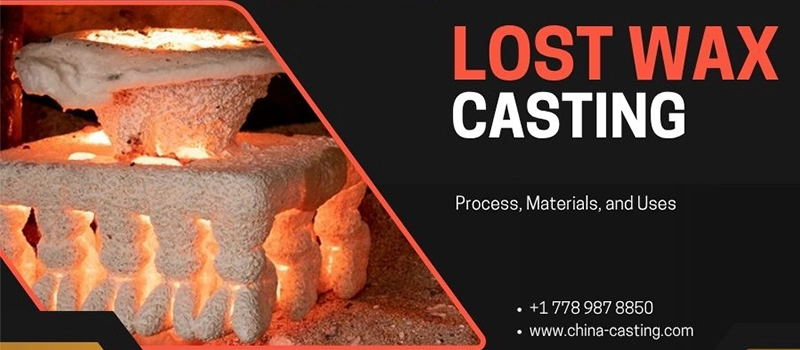
Lost wax casting is a high-precision metal forming technique used to produce complex, accurate parts from aluminum, bronze, steel, and more. This article explains its principles, process, material options, cost factors, and technical advantages for industrial manufacturing.
8 Aluminum Finishes and How to Choose the Right One
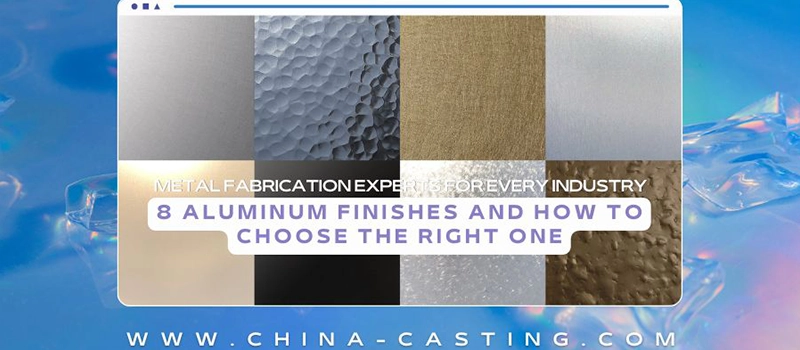
This guide explores 8 key aluminum finishes—anodizing, powder coating, brushed, polished, mill finish, chemical coating, painted, and sandblasted. Learn the pros, applications, and how to choose the right aluminum surface treatment for your industrial or design needs.
Electroless Nickel Plating vs Electroplating: What’s Better?
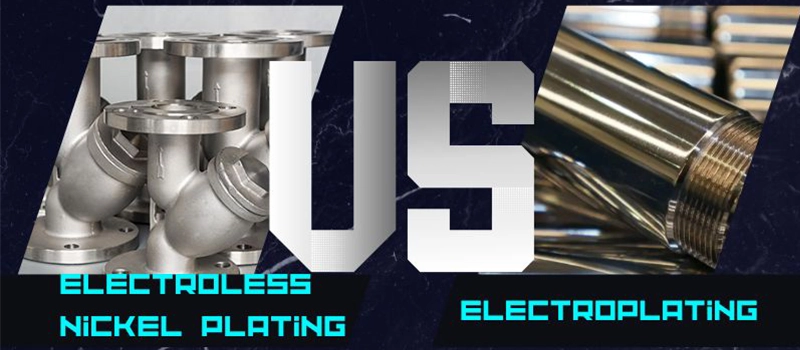
Electroless nickel plating and electroplating are key surface treatment methods in metal manufacturing. This guide explores their differences in process, performance, cost, and use cases—helping engineers and buyers choose the best option for their industrial needs.

